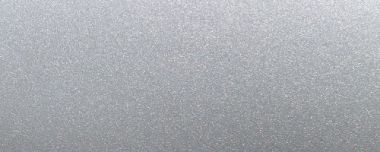COATING WITH ONE-COAT PAINTS
What is meant by one-coat paints?
One-coat paints are one- or two-component wet paints, which can be directly applied onto a surface without using a primer and possess good adhesion properties. One-coat paints can be both solvent-based and water-thinnable. With one-coat paints, a distinction is made between the conventional paints with no special corrosion protection and the new generation paints, which generally contain anti-corrosion pigments, thereby including the function of a primer.
What surfaces are suitable for coating with one-coat paints in the metalworking industry?
Basically, steel and iron surfaces are suitable. These must be free of scale, rust, dust and grease. Optimal methods are sandblasting (SAE 2.5) or phosphating with subsequent retained-water drying. Galvanised surfaces are also suitable for coating with one-coat paint; they first have to be cleaned using an ammoniacal wetting agent.
Is the corrosion protection provided by one-coat paints comparable with conventional two-layer systems (primer and top coat)?
Provided that one-coat paints with active anti-corrosion pigments are used, it is possible to achieve corrosion-protection properties comparable to a two-layer system. A prerequisite for this, though, is observing the same total dry film thickness
(40 μm primer + 40 μm top coat = one-coat paint 80 μm).
When using one-coat paints, is it possible to save on half of the coating time as no primer is used?
As the one-coat paint is generally applied more thickly that the top coat in the two-layer system, only about a third of the working time is saved. What is dispensed with, however, is the drying time between the primer and the top coat, resulting in higher throughput as well as coating and drying capacities.
What are the principal motives for using one-coat paints?
- Increasing the throughput in the paint shop by saving on coating and drying times (taking the paint shop as the bottleneck)
- Less personnel; there is often a lack of trained and skilled painters
Summing up, what are benefits of one-coat paint?
- Increasing the throughput in the paint shop
- Less personnel
- Saving on investment for the primer dispensing system
- Short delivery times
What has to be taken into account when using one-coat paints?
- Ensuring a thorough and uniform precleaning of the surface
- A careful spraying of the one-coat paint is required: uniform dry film thicknesses must be observed
- Higher paint material costs, as the primer is replaced by paint in the total coating thickness
- Application of the one-coat paint takes longer than applying the top coat in the two-layer system
- A uniform coating thickness can only be achieved with difficulty when dark colour shades are applied onto dark steel surfaces



